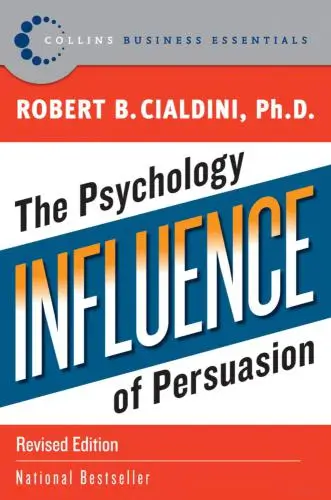
Influence
The Psychology of Persuasion
What's it about?
Influence by Robert B. Cialdini is an eye-opening journey into the world of persuasion and manipulation. Delve into the six key principles that shape our decisions and learn how to defend yourself against their power. Discover the art of reciprocity, the secret of social proof, and the psychology behind scarcity. Uncover the tactics used by skilled influencers and become immune to their subtle tricks. With captivating stories and practical insights, this book will empower you to navigate a world filled with hidden persuaders and make smarter choices in all aspects of your life. Get ready to unlock the secrets of influence and take control of your own decisions!
About the Author
Robert B. Cialdini is a renowned psychologist and author known for his expertise in the field of influence and persuasion. With his groundbreaking book "Influence: The Psychology of Persuasion," Cialdini revolutionized our understanding of how people are swayed by subtle tactics. His writing style is engaging, blending captivating storytelling with scientific research, making complex concepts accessible to all readers. Cialdini's unique perspective stems from his extensive research, where he delves into the depths of human behavior to uncover the hidden forces that drive our decisions. He explores the psychology behind compliance, uncovering the six universal principles that can make anyone more persuasive. Drawing on real-world examples and experiments, he unveils the secrets of social influence, shedding light on why we say "yes" even when we want to say "no." One of the notable themes in Cialdini's work is the power of reciprocity. He explores how the simple act of giving creates a sense of indebtedness, leading individuals to respond in kind. Another key theme is authority, where he examines how people are influenced by those in positions of power and expertise. Cialdini also delves into the concepts of social proof, scarcity, liking, and consistency, providing readers with a comprehensive understanding of the psychological triggers that shape our decisions. Cialdini's work is a must-read for anyone seeking to understand the intricacies of human behavior and harness the power of persuasion. Whether you are a marketer, salesperson, or simply curious about the forces that shape our choices, Cialdini's books offer invaluable insights that can be applied to various aspects of life. Prepare to be captivated by his thought-provoking ideas and emerge with a newfound understanding of the art of persuasion.
6 Key Ideas of Influence
- The Power of Reciprocity
- The Art of Persuasion
- Symbols of Authority
- The Psychology of Scarcity
- Commitment and Consistency
- Unity: A Binding Force
Reciprocity is a powerful force that shapes our choices and decisions in various aspects of life. From holiday cards to international diplomacy, it is deeply ingrained in our culture. In the workplace, small acts of kindness from bosses can build unwavering loyalty among employees.
But reciprocity doesn't stop there. It extends beyond personal relationships and has a significant impact on our social interactions. The famous Regan experiment demonstrated that people are more likely to say yes to those who have done them favors.
The good news is that we can harness the power of reciprocity to our advantage. Simple acts of giving can influence behavior in profound ways. For example, including a small gift with a survey can significantly boost response rates. Even something as simple as giving candy with the bill at a restaurant can increase tips.
Reciprocity's influence is not limited to personal interactions. It extends to politics, corporations, individuals, and even scientists. International negotiations, such as the Cuban missile crisis, are shaped by the principle of reciprocity.
In the world of marketing, reciprocity is a secret weapon. Offering free samples or personalized gifts triggers a sense of indebtedness in customers, turning them into buyers. Supermarkets and companies like Amway have successfully used this tactic to boost sales.
Even mistakes can be turned into opportunities to strengthen bonds. Promptly correcting errors and providing personalized service can create a sense of reciprocity and enhance customer loyalty.
So, what is the reciprocity rule? It is about creating a sense of indebtedness through favors, fostering reciprocal relationships. However, it is important to note that reciprocity can be manipulated, leading to unequal exchanges. People give back to relieve their psychological burden, and breaking this rule can invite social disapproval.
The rule of reciprocity applies in various scenarios, even affecting something as seemingly simple as restaurant tipping. In some relationships, it is about providing without keeping score.
Understanding the art of persuasion is crucial when it comes to leveraging reciprocity. Concessions play a significant role in influencing compliance. The rejection-then-retreat technique is a powerful tool. By starting with a big request, expecting rejection, and then making a smaller request, we can leverage the contrast principle and increase the likelihood of compliance. This technique has been proven effective in real-life situations, such as a software engineer negotiating a 23% raise.
The Watergate scandal provides a fascinating example of how the rejection-then-retreat technique works. Liddy's costly plan was eventually approved after numerous concessions. Magruder's account reveals the impact of this tactic, which combines reciprocity and contrast without causing resentment.
Studies have shown that those who experience reciprocity are more likely to fulfill agreements and volunteer for future requests. Concessions create a sense of responsibility and satisfaction, making people more inclined to honor agreements.
When faced with the reciprocity rule, it is important not to blindly comply or reject. Instead, we should accept offers as they are, not as they seem. It is crucial to be aware of the power of reciprocity and use that awareness as our shield against exploitation.
Reciprocity is a real and potent force in human interactions. By understanding its principles and applying them strategically, we can enhance our relationships, influence others, and achieve our goals.
Influence Summary: Common Questions
Diving into the human psyche, Cialdini’s work is like a backstage pass to the mind's inner workings of persuasion. With a conversational tone, the book lays bare the tools and tactics that can sway our decisions, often without us even noticing. It's like suddenly seeing the strings that pull the marionettes of our choices. The author's six principles of influence become tools for the reader to navigate a world rife with sales pitches and negotiations, turning the tables from being influenced to being influential.
However, not all that glitters is gold. At times, the book's examples feel like a one-trick pony, heavily reliant on sales and marketing contexts, which might not resonate with every reader. But for those eager to unlock the secrets of influence in their personal and professional lives, this read is a treasure chest. It's insightful, peppered with relatable anecdotes, and backed by solid research—it's the Swiss Army knife for anyone who ever needed to convince anyone of anything. My rating, considering the blend of universal praise and the minor need for a broader spectrum of examples, lands at a well-earned 4.4.
Experience Personalized Book Summaries, Today!
Discover a new way to gain knowledge, and save time.
Sign up for our 7-day trial now.
No Credit Card Needed
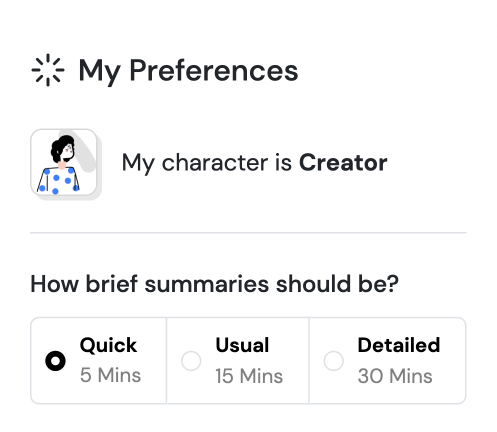
Similar Books
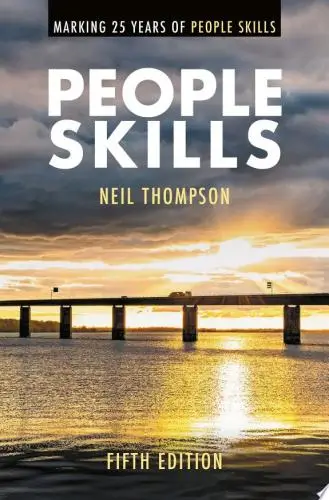
People Skills
Neil Thompson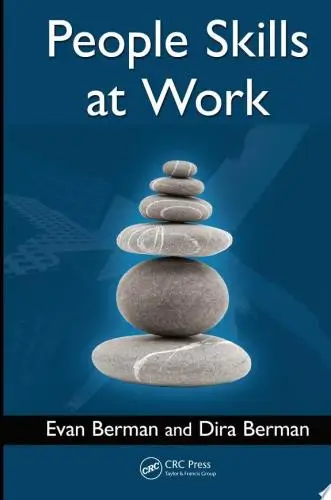
People Skills at Work
Evan Berman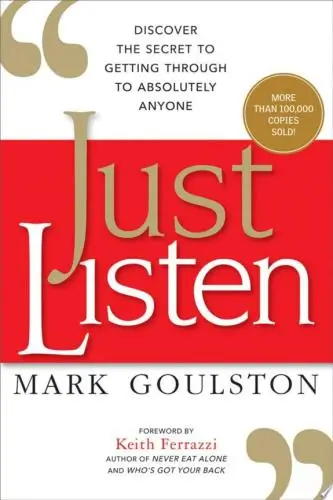
Just Listen
Mark Goulston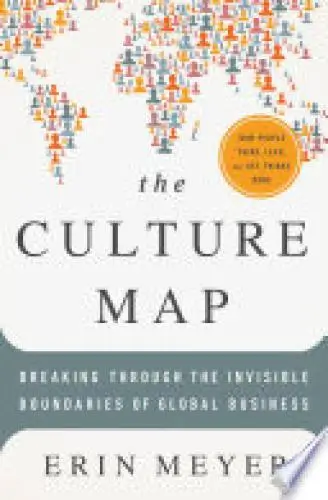
The Culture Map
Erin Meyer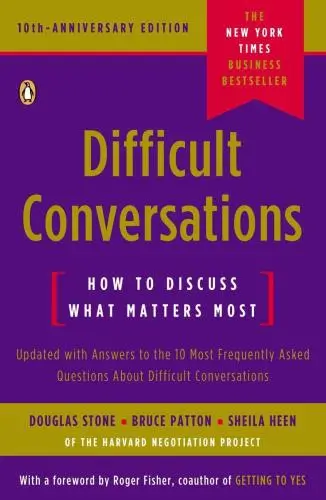
Difficult Conversations
Douglas Stone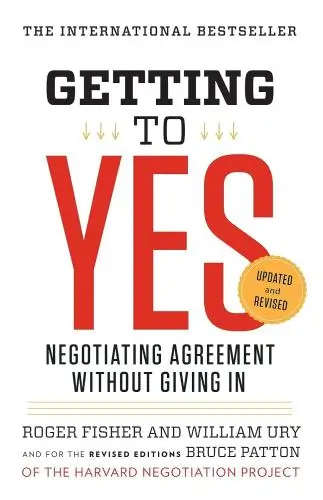
Getting to Yes
Roger Fisher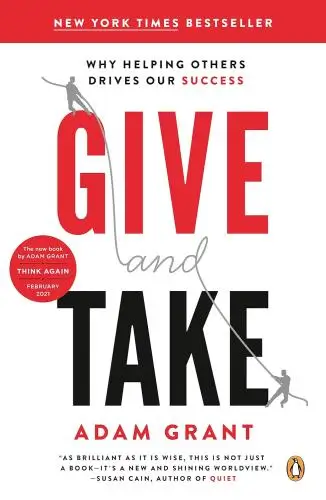
Give and Take
Adam Grant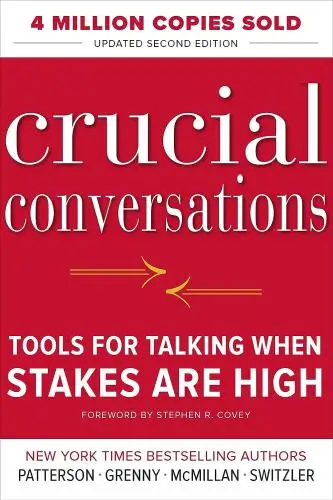
Crucial Conversations
Kerry Patterson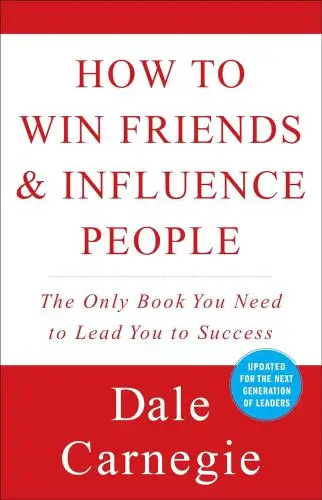
How to Win Friends & Influence People
Dale Carnegie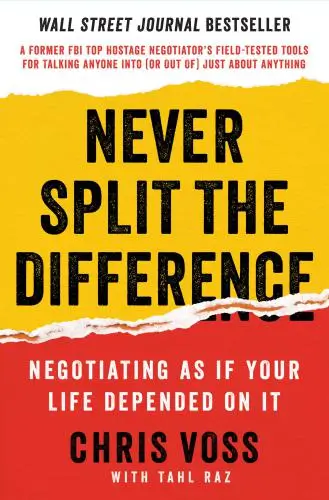
Never Split the Difference
Chris VossTrending Summaries
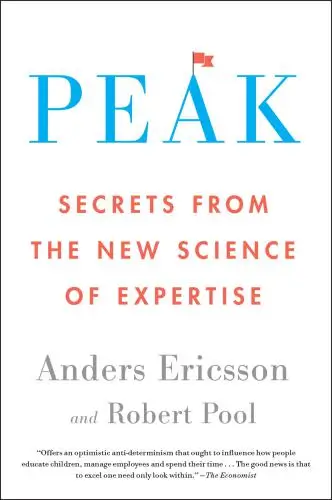
Peak
Anders Ericsson
Never Split the Difference
Chris Voss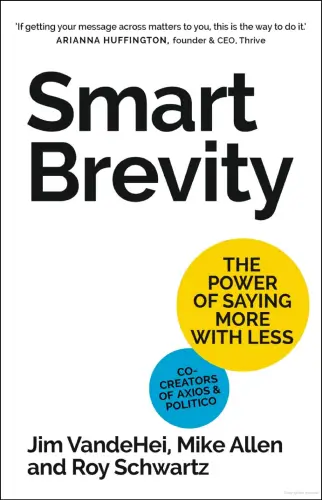
Smart Brevity
Jim VandeHei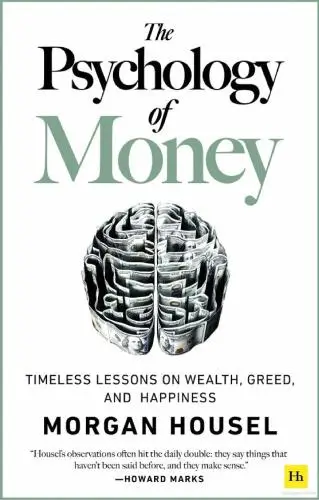
The Psychology of Money
Morgan Housel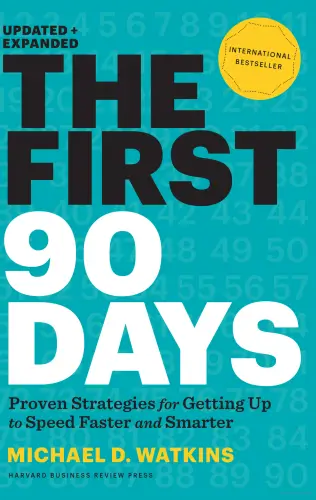
The First 90 Days
Michael D. Watkins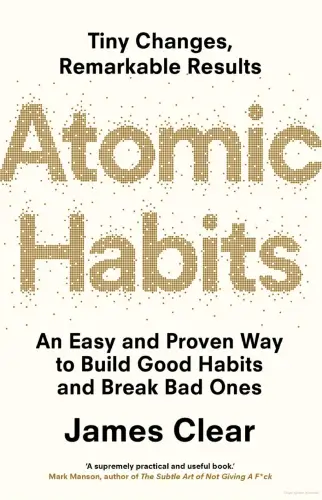
Atomic Habits
James Clear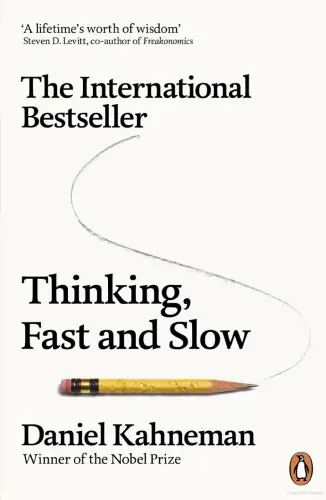
Thinking, Fast and Slow
Daniel Kahneman
The Body Keeps the Score
Bessel van der Kolk M.D.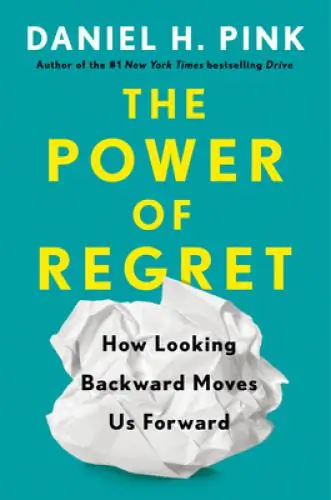
The Power of Regret
Daniel H. Pink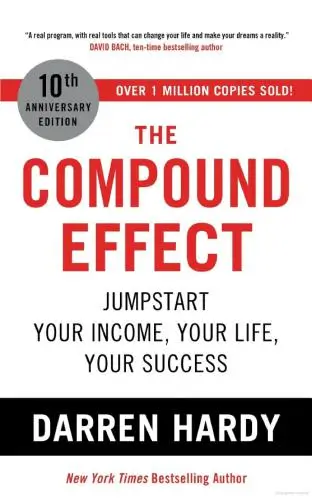
The Compound Effect
Darren HardyNew Books
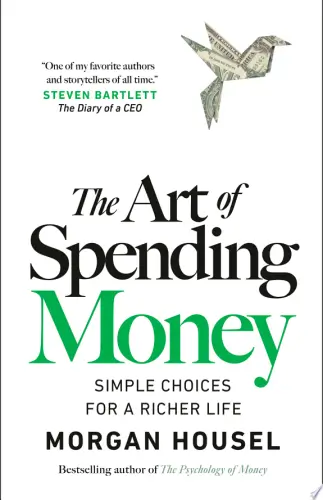
The Art of Spending Money
Morgan Housel
$100M Offers
Alex Hormozi
A Candle for Kiri
Edna Mae Holm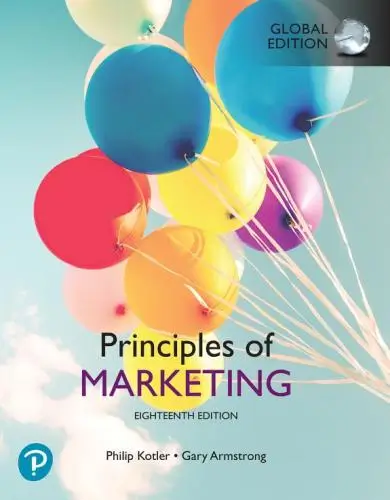
Principles of Marketing, Global Edition
Gary Armstrong
Serpent Rising: The Kundalini Compendium
Neven Paar
Feeling Is the Secret
Neville Goddard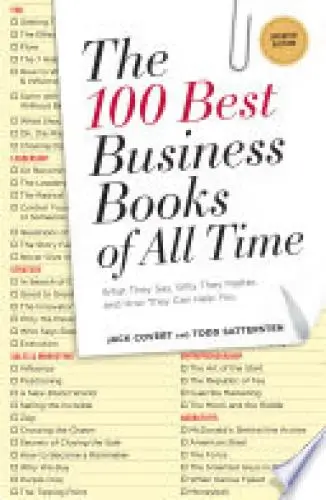
The 100 Best Business Books of All Time
Jack Covert
My Oxford Year
Julia Whelan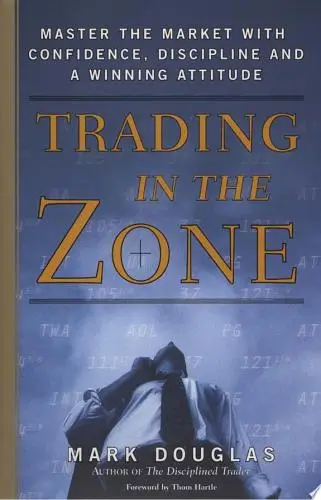
Trading in the Zone
Mark Douglas
